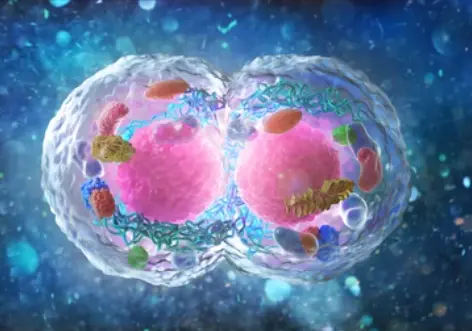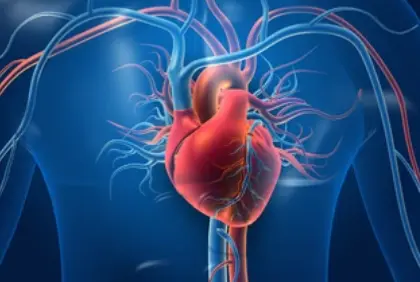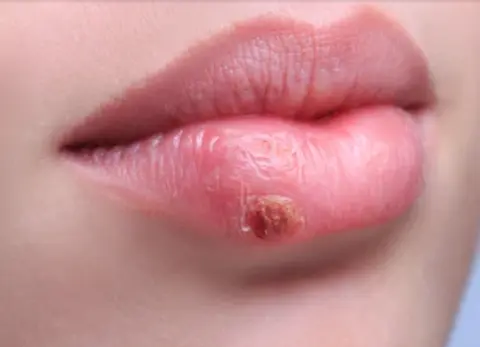 Welcome
Welcome
“May all be happy, may all be healed, may all be at peace and may no one ever suffer."
- A
- B
- C
- D
- E
- F
- G
- H
- I
- J
- K
- L
- M
- N
- O
- P
- Q
- R
- S
- T
- U
- V
- W
- X
- Y
- Z
Oedema - Generics
Oedema, also known as edema, is a medical condition characterized by an abnormal accumulation of fluid in the interstitial tissues of the body, leading to swelling of the affected area. The swelling can occur anywhere in the body but is most commonly observed in the legs, ankles, feet, and hands.
Oedema can result from a variety of causes, including heart failure, kidney disease, liver disease, hypertension, lymphatic disorders, malnutrition, and medication side effects. It can also occur as a result of inflammation, injury, or infection. In some cases, oedema may be a symptom of a more serious underlying condition, such as deep vein thrombosis, pulmonary embolism, or cancer.
The symptoms of oedema may vary depending on the severity and cause of the condition. Common symptoms include swelling, skin discoloration, skin that is stretched or shiny, and a sensation of tightness or pressure in the affected area. In severe cases, oedema may interfere with movement, cause pain or discomfort, and lead to skin breakdown or ulceration.
Treatment of oedema depends on the underlying cause of the condition. In some cases, treatment may involve addressing the underlying medical condition, such as heart failure or kidney disease, to reduce fluid buildup. In other cases, treatment may involve lifestyle changes, such as reducing salt intake, wearing compression stockings, and elevating the affected limb. Medications may also be prescribed to reduce fluid buildup and improve circulation.
In conclusion, oedema is a medical condition characterized by an abnormal accumulation of fluid in the interstitial tissues of the body, leading to swelling of the affected area. It can result from a variety of causes and can lead to a range of symptoms, including swelling, skin discoloration, and skin that is stretched or shiny. Treatment of oedema depends on the underlying cause of the condition and may involve lifestyle changes, medications, or addressing the underlying medical condition.

Amenorrhea-galactorrhea s...

Pyoderma

Staphylococcal infections...

Fungal otitis externa

Hyperkeratotic

Pain associated with MI

Stings

Sore lips
Oedema, শোথ
To be happy, beautiful, healthy, wealthy, hale and long-lived stay with DM3S.